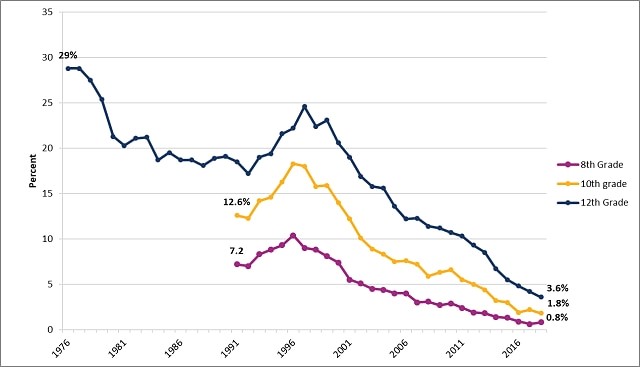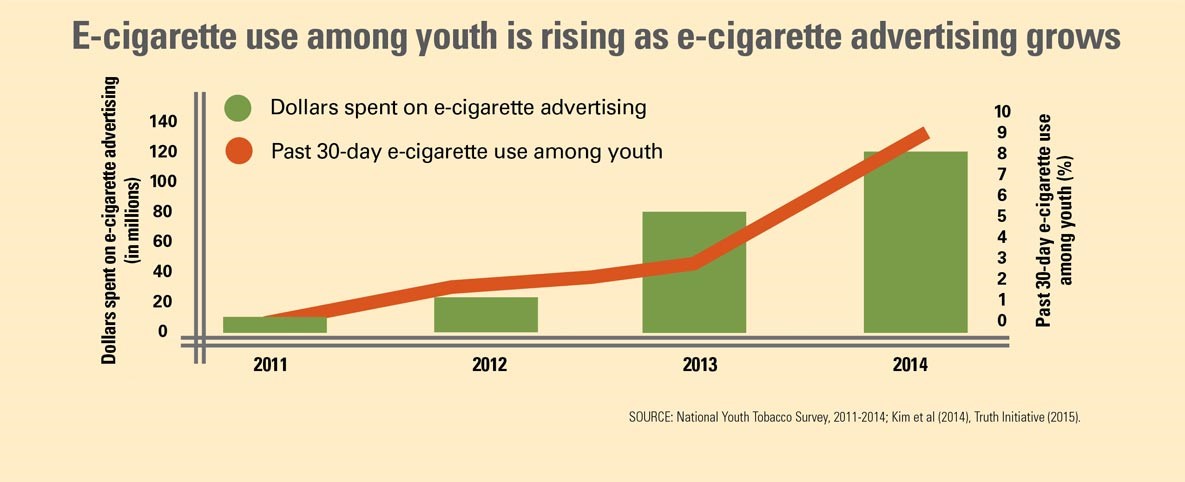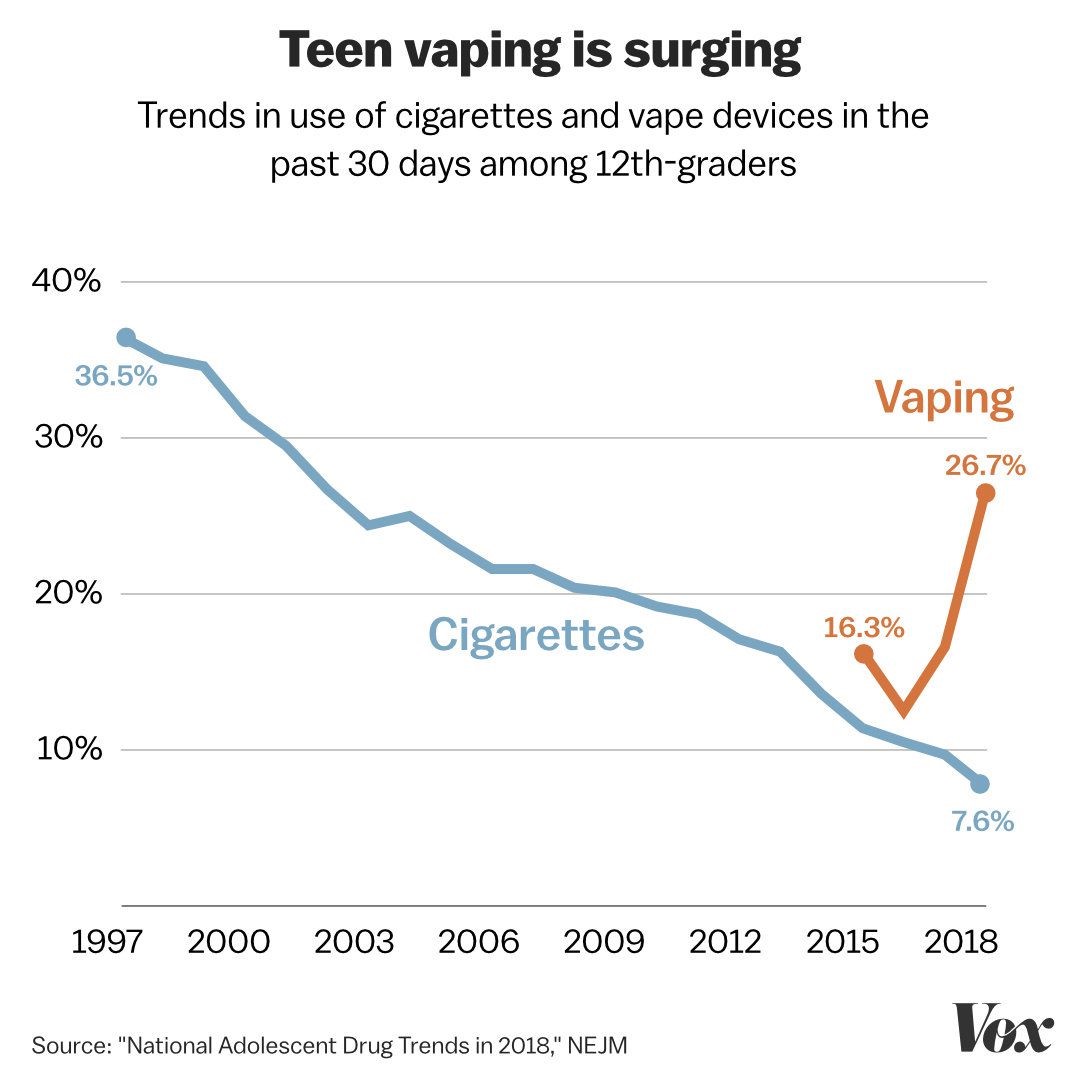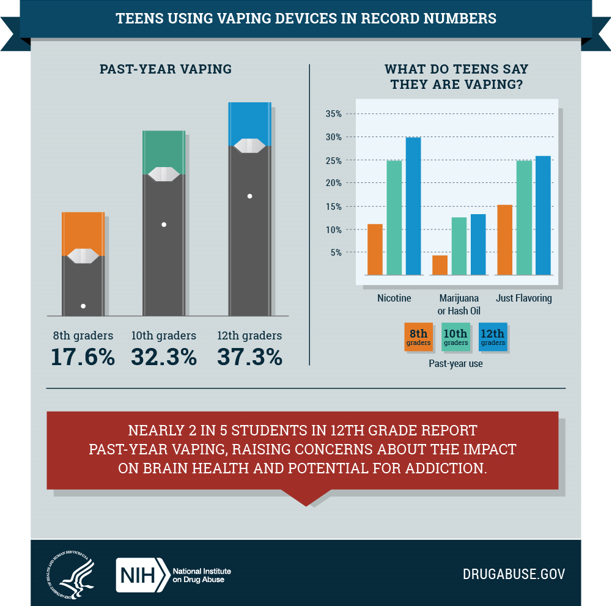Lecture by Dr. William Crano at the 6th International Freemind Congress

At the 6th International Freemind Congress, held from December 4th to 7th, 2019, in Águas de Lindóia/SP – Brazil, we had the presence of Dr. William D. Crano, who occupies the Oskamp chair and is a professor of psychology in the Division of Behavioral and Organizational Sciences at Claremont Graduate University.
Dr. William participated in a Panel whose theme was "The Regular Cigarette and New Ways to Intoxicate with Nicotine" and addressed the issue of the rise of electronic cigarettes (vapes) and the reinstatement of nicotine as a primary addiction of youth.
He talked about the problems and dangers involved with the use of e-cigarettes and vaporizers and also how the press has been used to encourage this type of consumption. He made suggestions on how to use the same media for prevention work, using the principles of persuasion.
It presented trends in tobacco use in the U.S., as well as presenting current research and also some policy recommendations that may be useful to Brazilians.
Among the subjects addressed, we can highlight the fact that, today, in most places, smoking is no longer seen as something beautiful or that shows independence, freedom and sex appeal.
In the United States, from 1988 to 2014 there was a very significant drop in the smoking of traditional cigarettes. In the graph below are data from adolescents aged 14, 15 and 18 years. The 18-year-olds are graduating from high school to go to university or to enter the workforce. And as you can see, over the years, trends in tobacco use have been falling to fairly low levels. But, for example, 3.6% of 18-year-olds (this is for the whole country) still smoke. It doesn't seem like much, but it's not! That's millions of people... millions of 18-year-olds who still smoke.

This has caused the tobacco industries to look for new means, new ways and new products and they have made a concerted effort to bring these young people into tobacco consumption. Then come e-cigarrettes, electronic cigarettes, vaporizers, vapes, etc... (There are several names).
They invested heavily in advertising, created flavors and aromas to modify the taste of tobacco, and the result was that the consumption of these types of equipment increased as much as the investments of millions and millions of dollars in advertising.

Over time, e-cigarette use has reversed the downward trend in tobacco use. While cigarette use has slowly declined over time, e-cigarette use has gone up very fast.

In the U.S., it's really surprising how fast this process was: it went from 11% to 21% in 1 year, among high school seniors. And it's important to remember that this consumption keeps increasing.

The risks and dangers of using this type of equipment are immense and we can name a few:
- At high temperatures, many of the flavors used are proven to be carcinogenic;
- With the increasing use by teenagers who have little money, the use of imported or manufactured products in their own homes has been frequent. These products have no quality control and are linked to death and disease;
- It is not possible to know the long-term impact of these inhalants;
- During a vaporizer session, various chemicals such as formaldehyde and others are retained by our airways;
- Many young people are getting completely addicted to it, waking up in the middle of the night to take a puff;
- Nicotine is very addictive, but for young people it's even worse. In their senior years of high school, they are 2.16 times more likely to become addicted.
We need to use the media to combat smoking and new forms of consumption. It is possible and have been successful to have these anti-smoking campaigns that use the same media employed by tobacco companies AGAINST THEM! This has worked for traditional cigarettes and has been used in campaigns for e-cigarettes.
The argument that using e-cigarettes to cut out traditional cigarettes is not true and it is necessary to show this to people so that they are not deceived by this type of argument.
It is necessary to combine old techniques with new techniques and to develop preemptive, evidence-based persuasion techniques. To show that using nicotine is not being rebellious, it is not being cool, it is not being independent. In fact, the media needs to be used to show how much people are being manipulated, influenced. One of the strategies is to show unattractive people smoking with the vaporizer instead of showing a beautiful person. And with that, a counterattack is made. This is what is done in the USA and it is necessary to determine what can and should be done here in Brazil or in other countries, according to the reality of each one but, in general terms, the criteria are the same for all countries.
In the U.S., there is a World Prevention Curriculum created at great cost. The principles of this program were funded by the UN and the U.S. Department of State. After the initial project and after the norms and standards were established by the UN, almost every UN member country adopted this program and the U.S. Department of State decided to create a Curriculum to teach people how to turn those norms and standards into reality.
These patterns are now available for application in the form of campaigns. A good starting point includes training, and capacity building in prevention.
In a survey of 29 schools in California, alternative high schools for young people who were having problems with normal schools: problem students, quarrelsome students, or students with substance use, that is, special schools for students who already have some kind of problem and who are already actually at risk and a much higher risk for psychoactive substance use and health problems in general than the students who are already in a situation of risk and a much higher risk for the use of psychoactive substances and health problems in general than the students who are already in a situation of risk and a much higher risk for the use of psychoactive substances and health problems in general than the students who are already in a situation of risk and a much higher risk for the use of psychoactive substances and health problems in general than the students who are already in a situation of risk and a much higher risk for the use of psychoactive substances and health problems in general than the students who are already in a situation of risk and a much higher risk for the use of psychoactive substances and health problems in general than the students who are already in a situation of risk and a much higher risk for the use of psychoactive substances and health problems in general than the students who are already in a situation of risk and a much higher risk for the use of psychoactive substances young people who were going to normal schools.
The youngsters were followed for 3 years. Initially there were 1,000 and at the end of last year there were 859. Some of these students dropped out of school, others moved, some went into the army, others were arrested, and some even died.
Based on the data obtained, it was clear that vaping is quite a dangerous threat. It showed that the use of vaporizers is linked to the use of normal cigarettes and marijuana, which is very problematic for young people, especially because some are unable to buy the original fluids and buy them on the streets or from guys they made in the garage of their home, without any controlled origin.
So why do we allow tobacco companies to launch their new wave of death and disease? We've been through this in the past with tobacco. These companies were defeated after years of struggle, but we knew they weren't going to give up. They're coming back with new products, new ideas.
Do we need to put pressure on our legislators to ban this kind of behavior? Not only the equipment, but also the behavior, because here in Brazil, for example, it is the behavior that causes problems. You can't buy e-cigarettes anywhere, but somehow people are buying them and so the problem is behavior.
Do we have to go after the stores that sell these products? Is it any good to prohibit? Do we have to impose penalties on smoking? Today it is possible to go online, buy through the website and receive these products and equipment at home. Why is this possible? Why do we allow this to happen?
When we think about our struggle, our goal, we need to consider that. We need to think about the value of our young people. How much are our young people and their lives worth? Is the lives of our young people worth fighting for? This is what we have to keep in mind all the time!